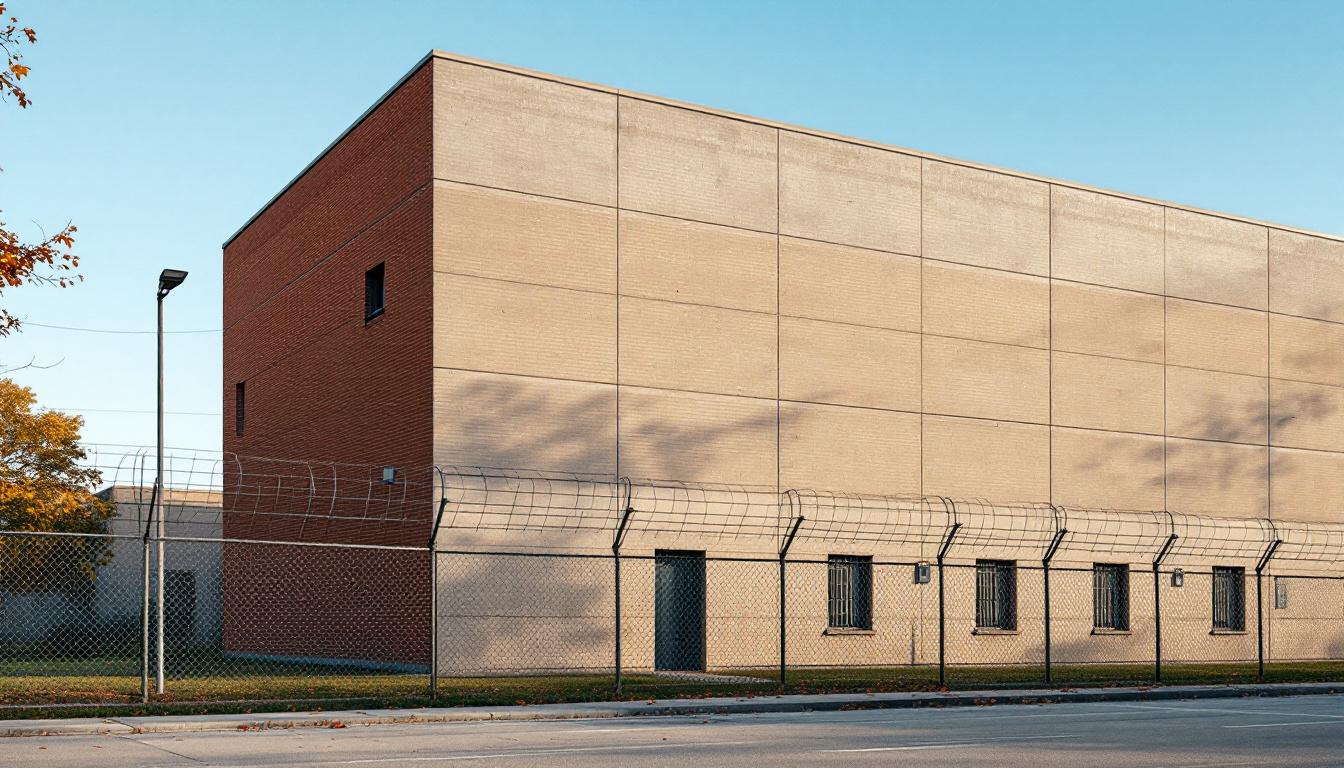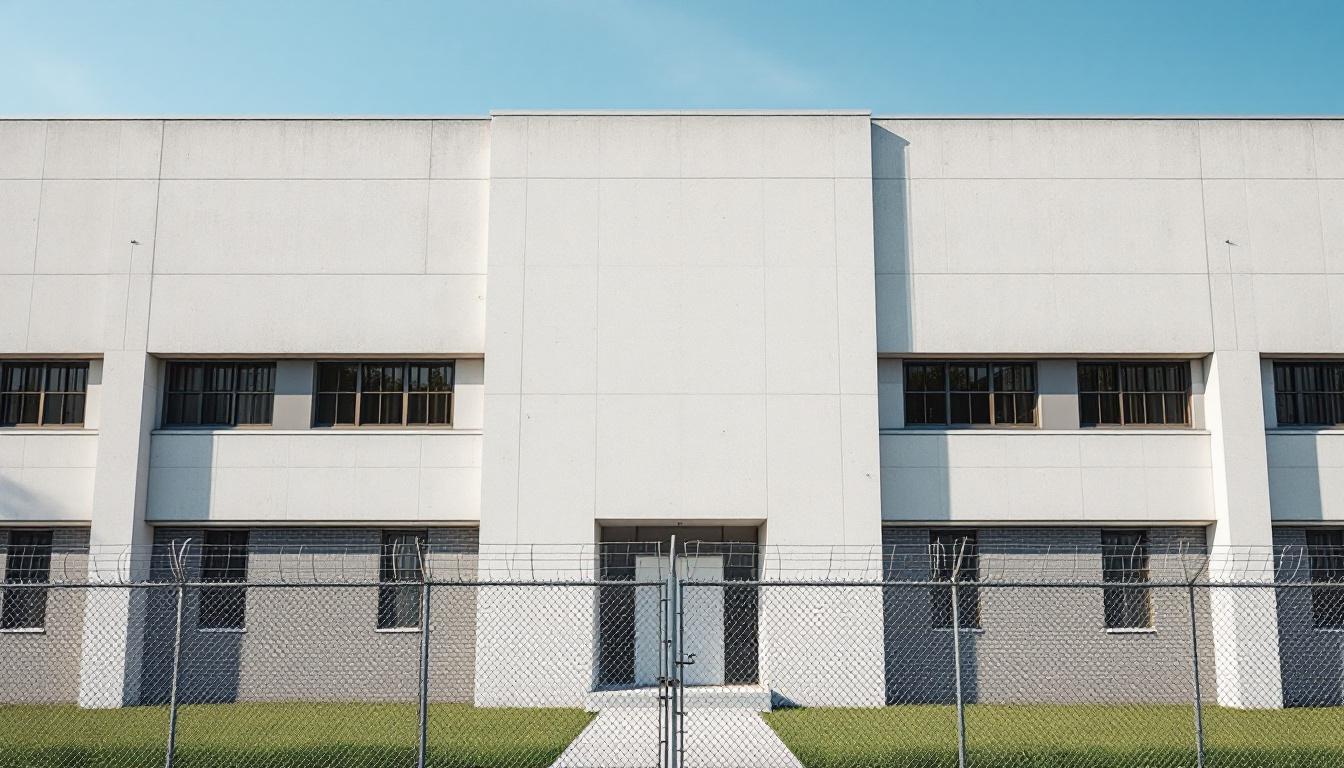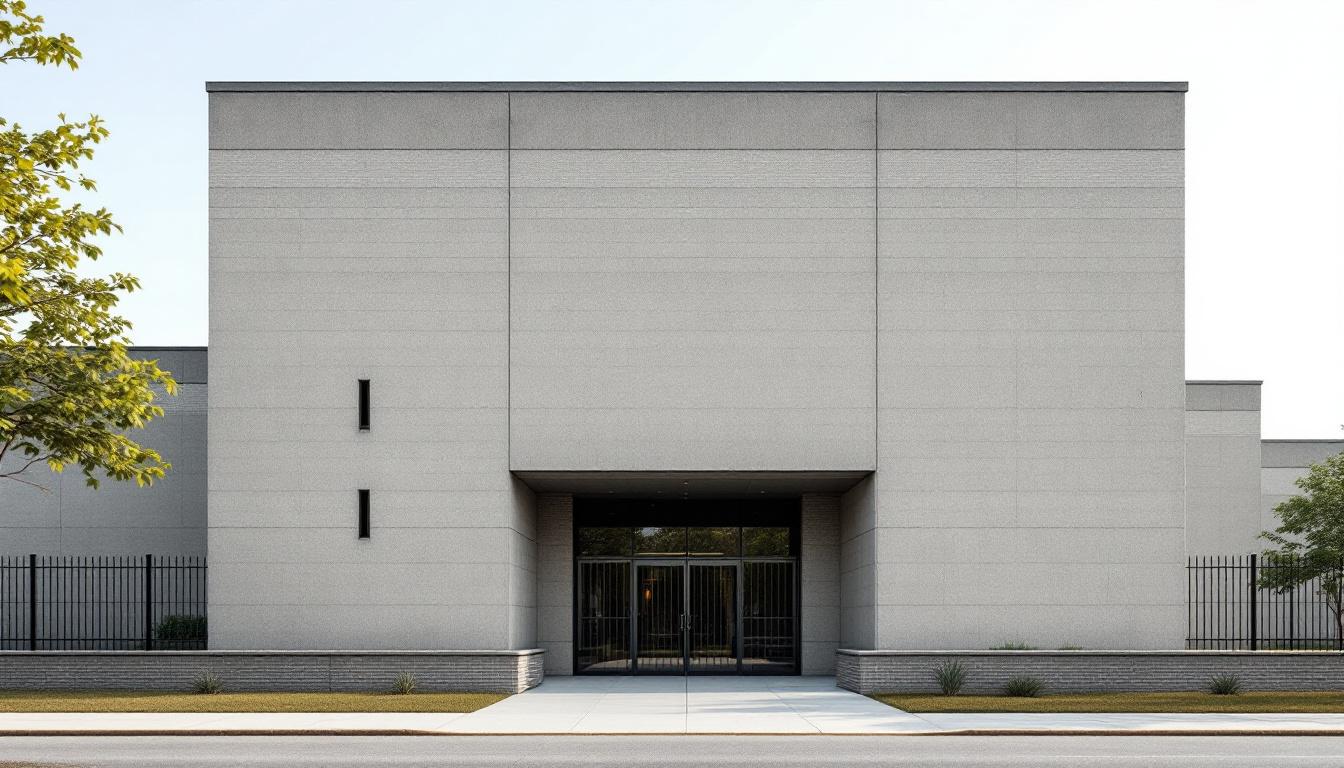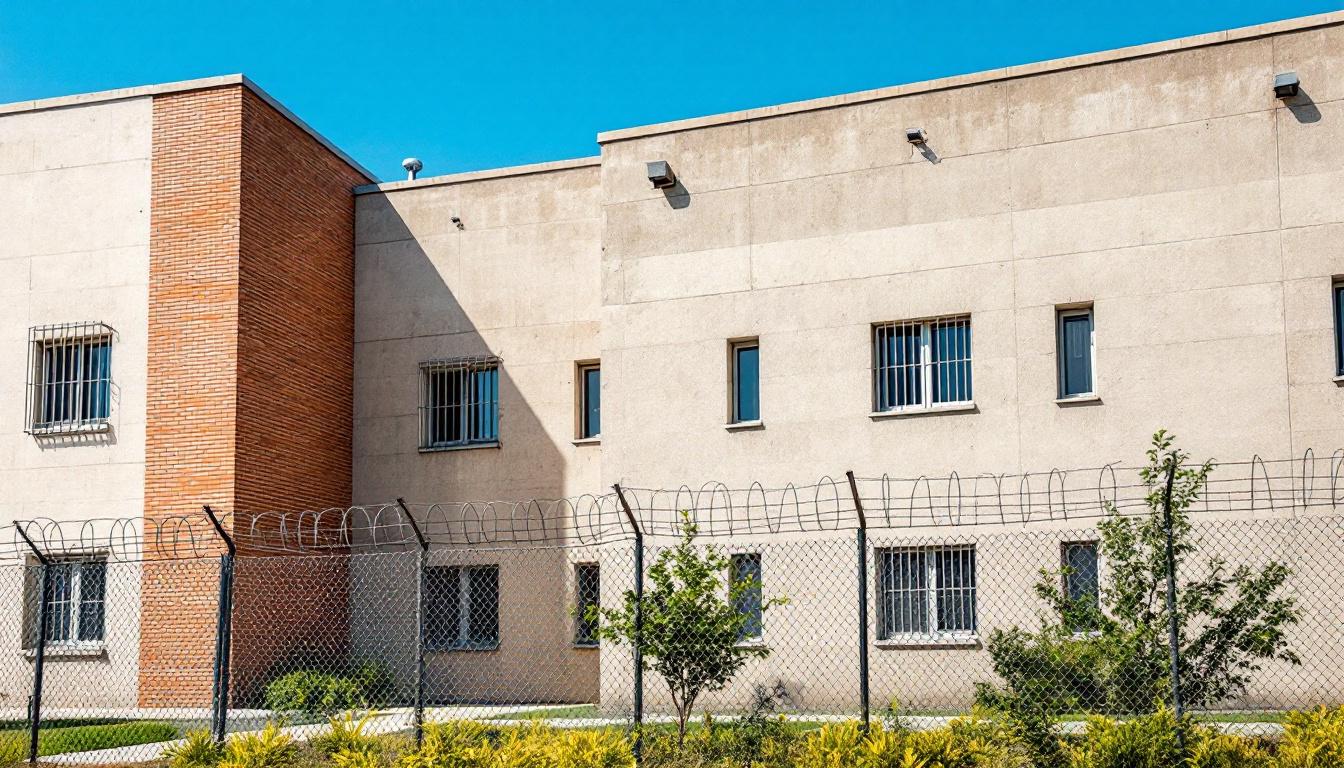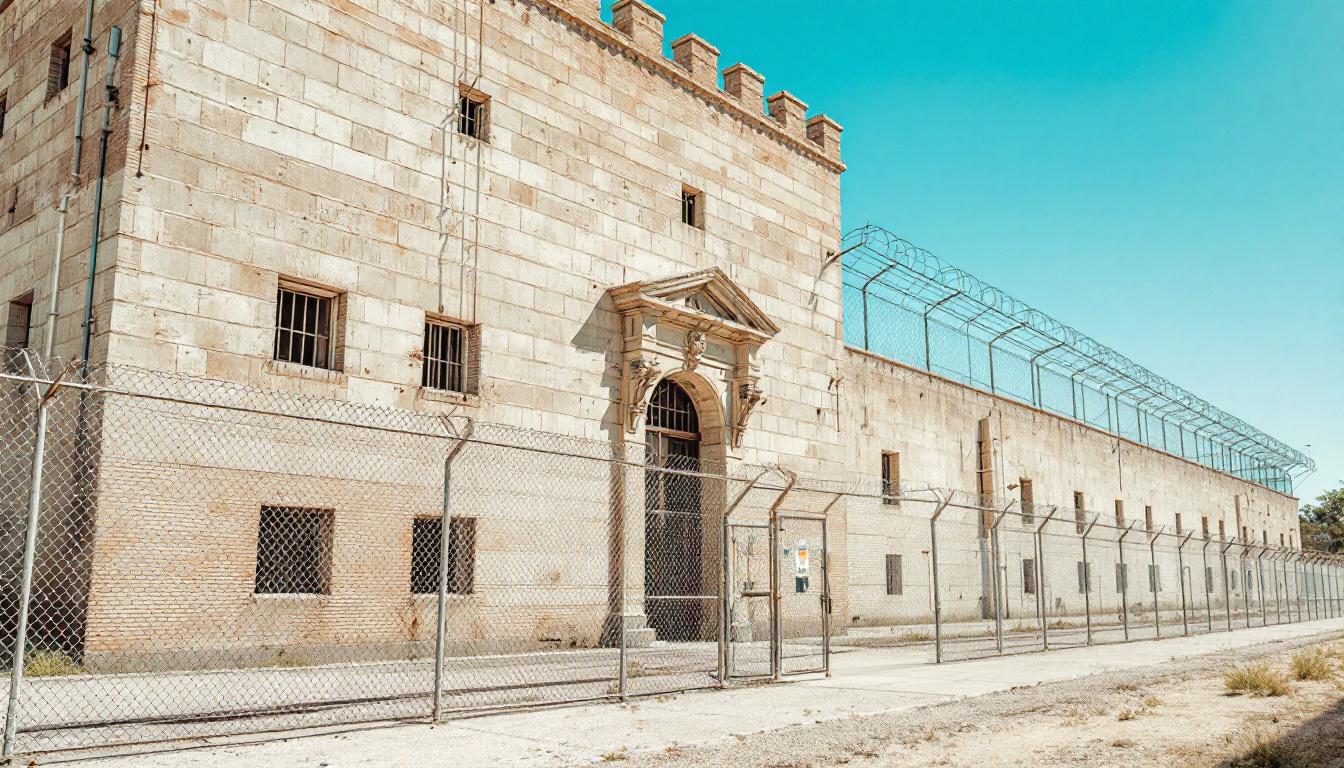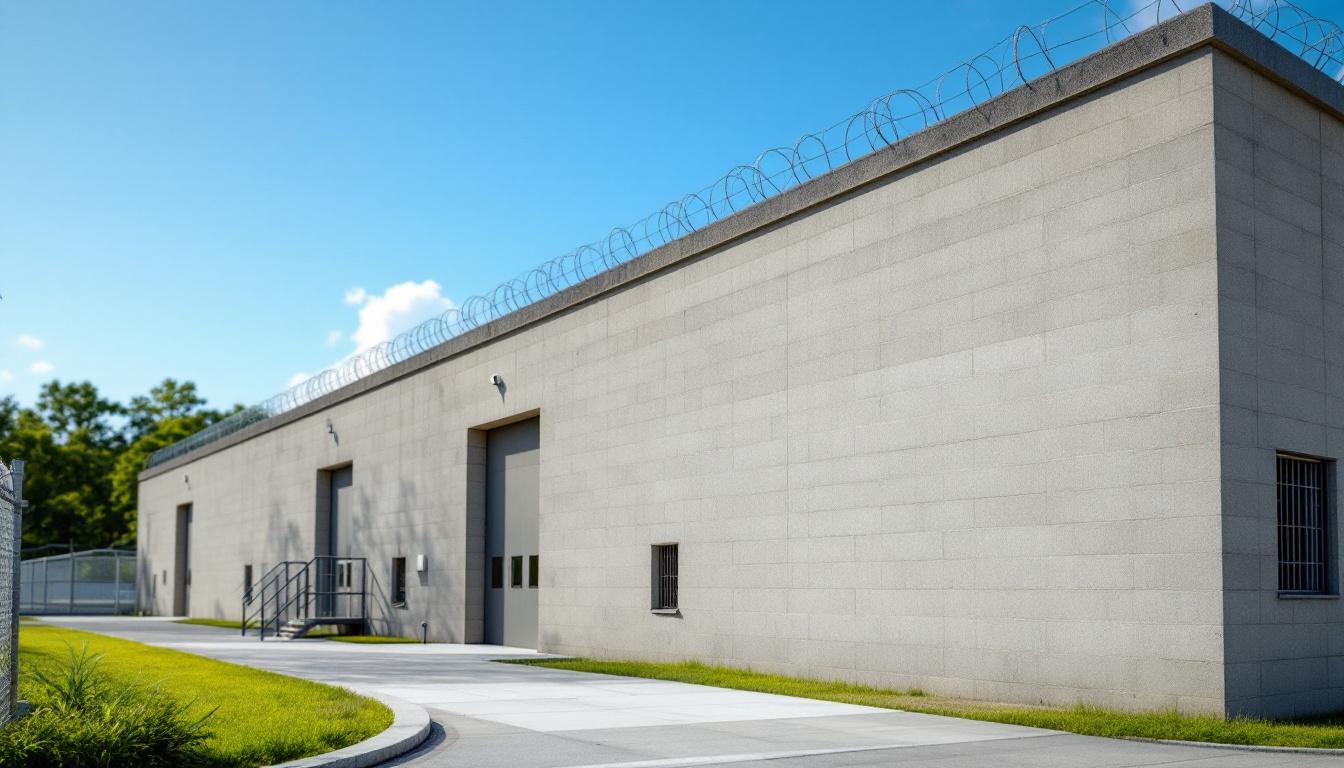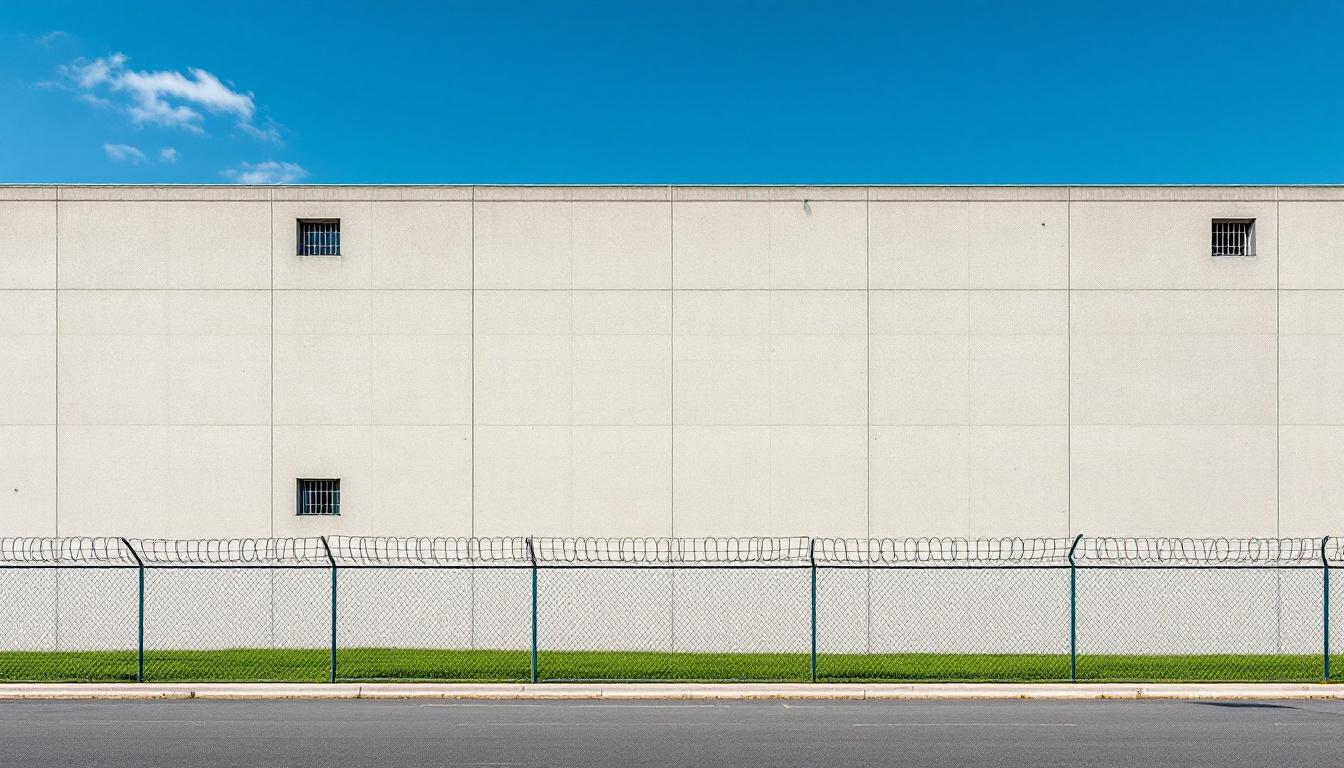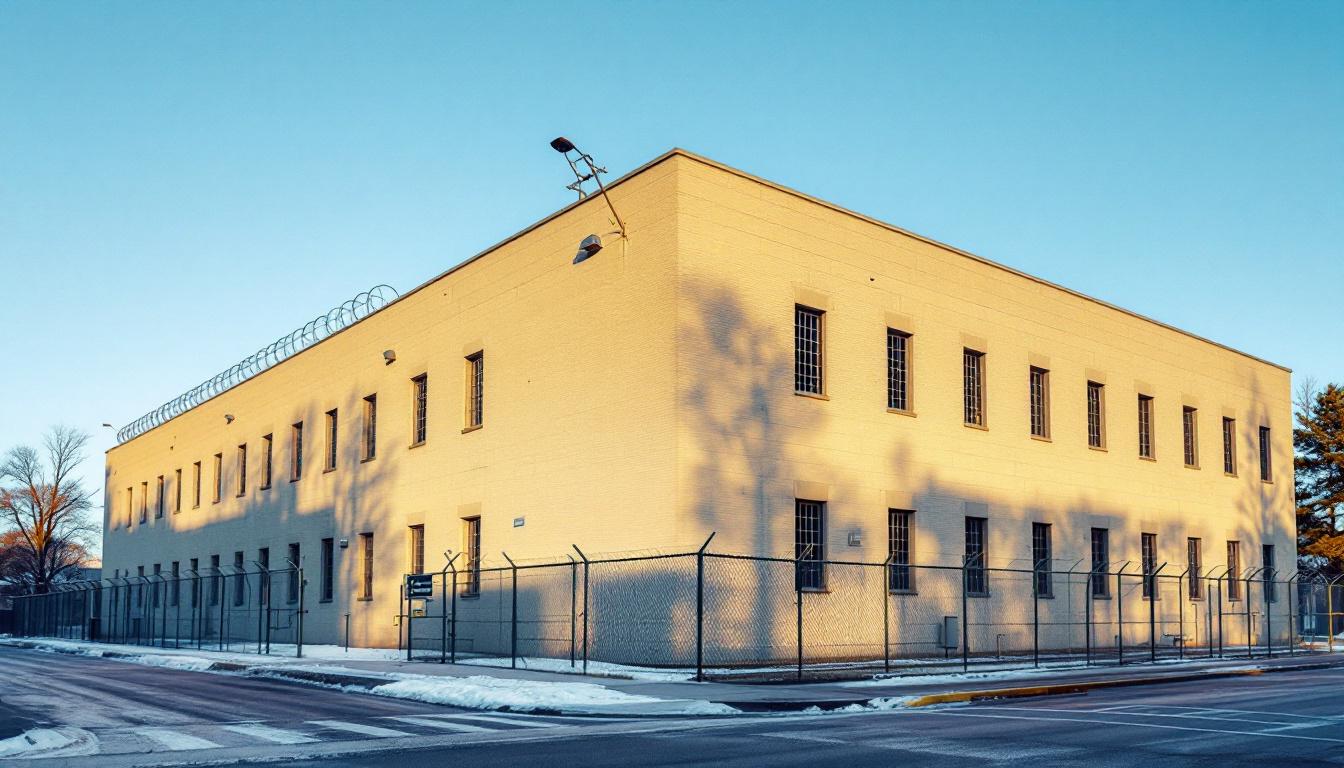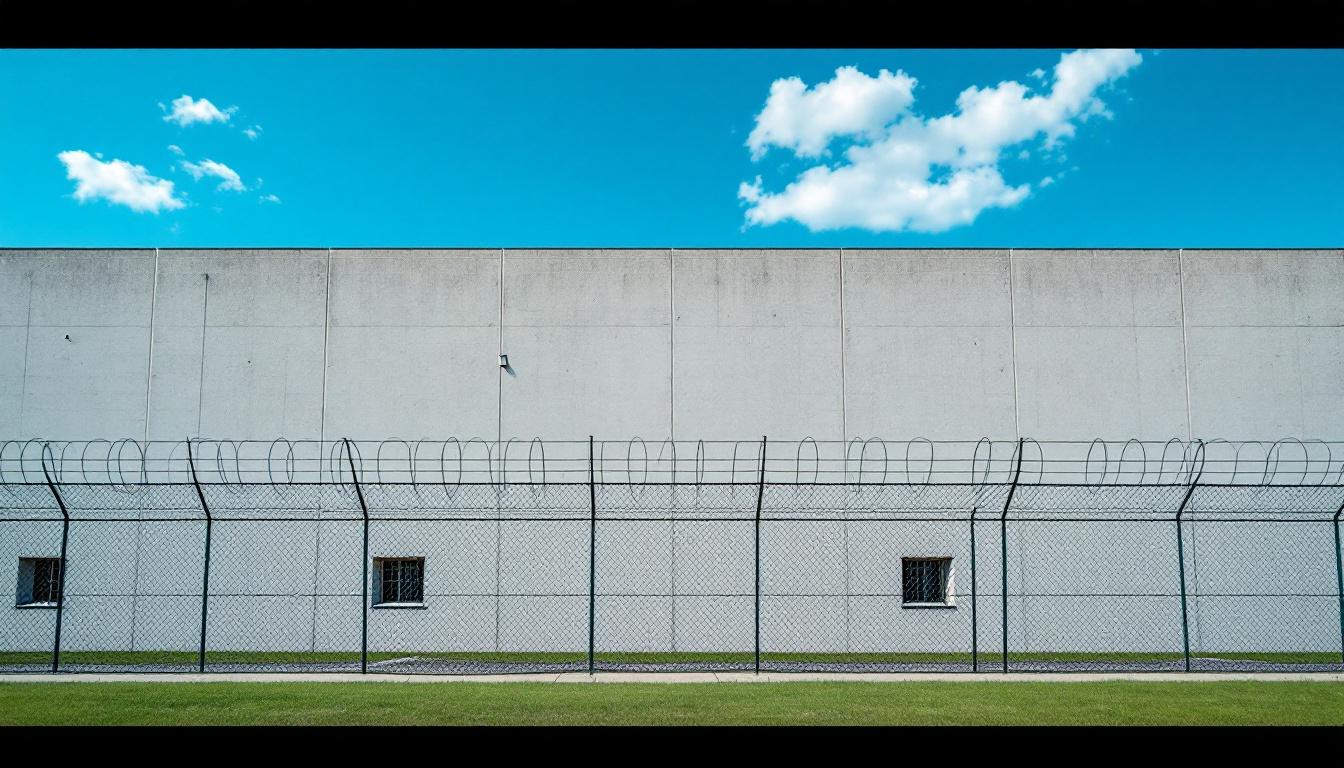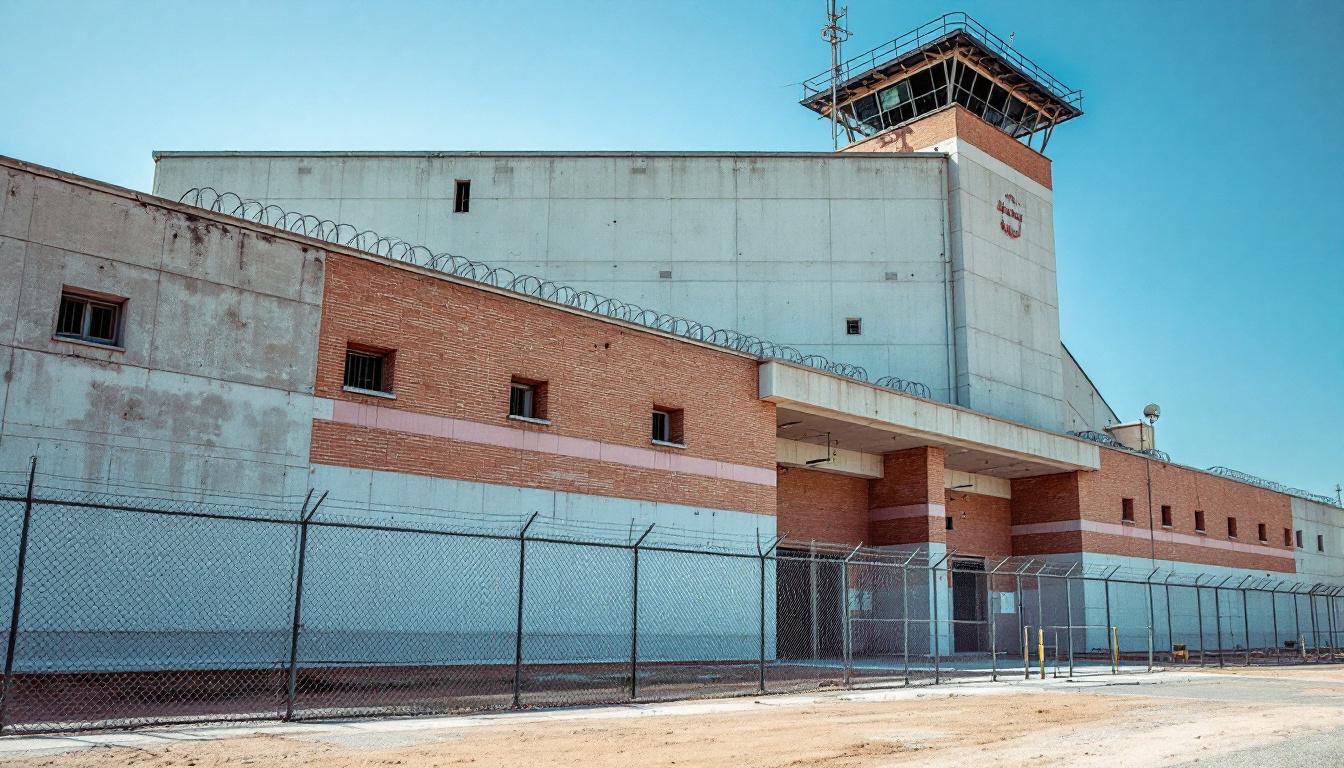
Quick Navigation
How to contact an inmate at CNMCF
This comprehensive guide will walk you through how to connect with an inmate at CNMCF. Follow the steps below to find an inmate and send letters and photos:
- Search for the inmate using our search tool below
- Create your account or log in to Penmate
- Write your message (up to 6,000 characters)
- Send instantly - inmates receive printed copies daily
Find an Inmate
Search for an inmate to start communicating today
Tip: You can search by first name, last name, or inmate ID number
To contact a person at CNMCF start by searching for the person on the official facility website. Perform a search by following these steps:
- Step 1: Enter their first name and last name into the search form and click "Search"
- Step 2: Locate their inmate record
- Step 3: Write down their Inmate ID and any housing information provided
Important! Be sure to enter the person's full name. Nicknames should not be used.
How to Send Messages to Inmates

You can use your phone or computer to send emails, letters, and photos to an inmate. Messages are sent electronically to inmate tablets or kiosks at the facility. If you would like to send a message, start by searching for an inmate at CNMCF.
Sending Photos and Postcards

A great way to send love and support to a loved one at CNMCF is to send photos and postcards. It only takes a few minutes to send photos from your phone and it makes a huge difference. You can also mail postcards with words of support and inspiration, or design your own postcard for special moments like birthdays and holidays.
Important! Be sure not to send any explicit photos or they may not be approved by the facility. You can also use a photo printing app like Penmate to make sure your photos are printed at the correct size (4x6 or 3x5) and are mailed according to the rules and regulations of CNMCF.
Frequently asked questions about CNMCF
-
How long does it take to deliver a message?
If you're sending an email message your letter is usually delivered within 24-48 hours. For messages sent via mail you should expect delivery within 3-7 days. All messages will need be approved by CNMCF.
-
How much does it cost to send a message to CNMCF?
You can send a message free using your phone or mail a message via USPS for the price of a $0.60 stamp and envelope. You can also purchase credits or e-stamps from services starting at $1.99.
-
What services can I use to contact an inmate at CNMCF?
Penmate
You can use Penmate to send letters and photos to an inmate from your phone. It's an easy way to stay in touch during your loved one's incarceration. Use the inmate locator to find an inmate's location and contact information, then you can send messages within a few minutes.
Securus messaging
Securus may be another option for communicating with an inmate at CNMCF. You can create a friends and family account and purchase credits to send messages. All messages will be reviewed and must be approved by the facility.
JPay
Some county jails and state prisons may support sending messages with JPay. You must register an account with the system, find your loved one, and purchase stamps to send messages. For some locations you can also attach photos.
Smart Jail Mail
You may also check if Smart Jail Mail is available at CNMCF. Smart Jail Mail is operated by Smart Communications and has contracted with some state and county jails. After purchasing credits, your messages and photos are sent to the facility, printed out, and then handed out to your loved one.
-
What is the mailing address of CNMCF?
Mailing address:
CNMCF
1525 Morris Rd
Los Lunas, NM 87031
Phone: (505) 383-3325 -
What are the visiting hours at CNMCF?
Visiting hours at CNMCF vary by housing unit and security level. Generally, visits are scheduled on weekends and holidays, with some facilities offering weekday visits. Contact the facility directly at (505) 383-3325 or check their website for the current visiting schedule. Visits typically last 30-60 minutes and must be scheduled in advance.
-
What items are prohibited when sending mail to CNMCF?
Prohibited items typically include: cash, personal checks, stamps, stickers, glitter, glue, tape, staples, paperclips, polaroid photos, musical or blank greeting cards, hardcover books, magazines with staples, and any items containing metal or electronics. Only send letters on plain white paper with blue or black ink. Photos must be printed on regular photo paper (no Polaroids). Always check with CNMCF for their specific mail policies.
-
How do I send money to an inmate at CNMCF?
You can send money to an inmate at CNMCF through several methods: 1) Online using JPay, Access Corrections, or the facility's approved vendor, 2) Money orders mailed directly to the facility with the inmate's name and ID number, 3) Kiosks located in the facility lobby, or 4) Over the phone using a credit or debit card. Fees vary by method, typically ranging from $2.95 to $11.95 per transaction.
-
Can I schedule a video visit with an inmate at CNMCF?
Many facilities now offer video visitation as an alternative to in-person visits. At CNMCF, video visits may be available through services like Penmate, Securus Video Connect, GTL, or ICSolutions. Video visits typically cost $10-20 for 20-30 minutes and must be scheduled in advance. You'll need a computer or smartphone with a camera and reliable internet connection. Contact the facility for their specific video visitation policies and approved vendors.
-
What identification do I need to visit an inmate at CNMCF?
All visitors must present valid government-issued photo identification such as a driver's license, state ID, passport, or military ID. Minors must be accompanied by a parent or legal guardian who can provide the minor's birth certificate. Some facilities require visitors to be on the inmate's approved visitation list, which may require a background check. Contact CNMCF for specific ID requirements and visitor approval procedures.
-
How can I find out an inmate's release date?
To find an inmate's release date at CNMCF, you can: 1) Use the online inmate search tool if available, 2) Call the facility's records department, 3) Contact the inmate's case manager or counselor, or 4) Have the inmate provide this information during a call or visit. For privacy reasons, some facilities only release this information to immediate family members.
Facility Overview
Official Website
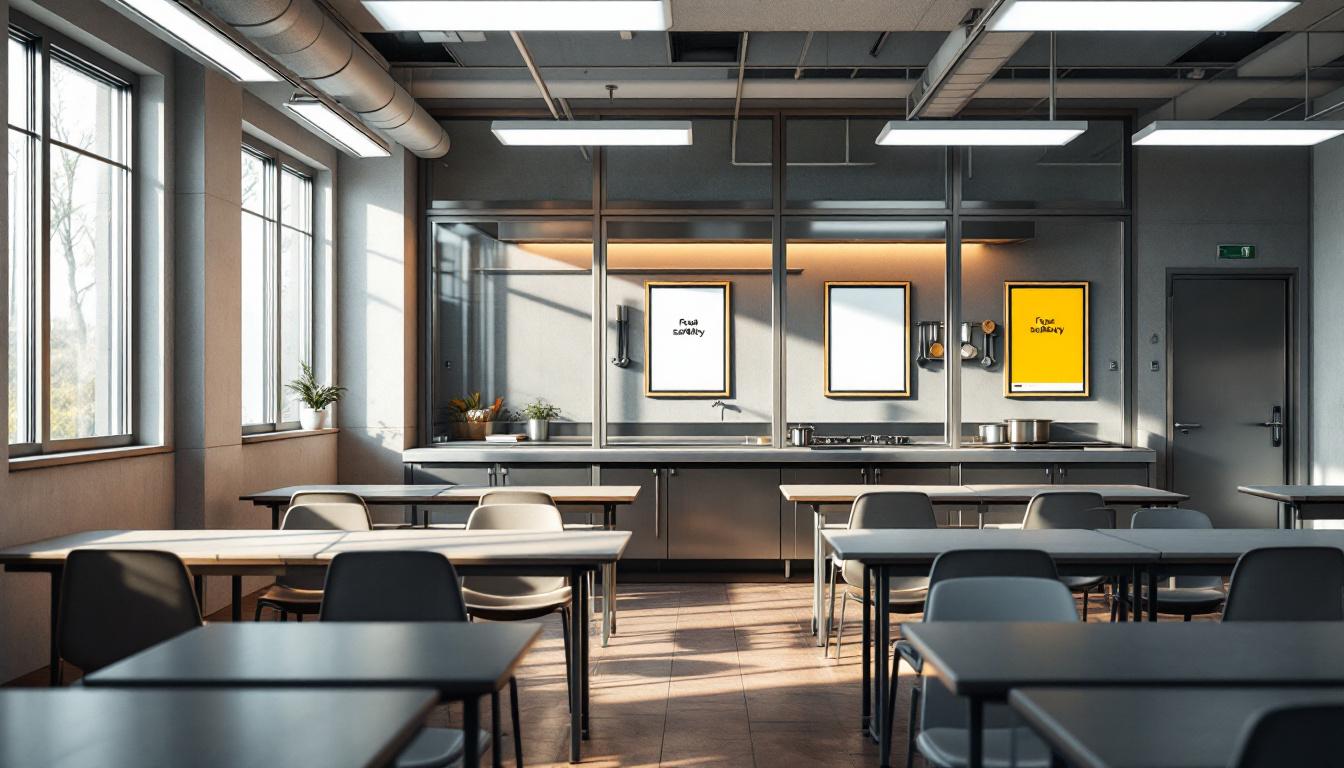
About CNMCF
Nestled within the high desert landscape of Tampa, New Mexico, the Central New Mexico Correctional Facility serves as a cornerstone of public safety while maintaining an unwavering commitment to evidence-based rehabilitation practices. This NM correctional facility operates within the challenging terrain of the mountain region, where the facility's comprehensive approach to security and inmate services reflects both the rugged determination of the landscape and the community's dedication to meaningful correctional outcomes. The facility typically integrates multiple layers of security protocols with therapeutic programming, recognizing that effective corrections requires both containment and transformation.
Evidence-based practices guide the facility's approach to inmate management and rehabilitation programming. Central New Mexico Correctional Facility generally offers educational opportunities, vocational training programs, and substance abuse treatment services designed to address the underlying factors that often contribute to criminal behavior. Mental health services and medical care are typically available to support the diverse needs of the incarcerated population, while case management services may help individuals prepare for eventual reintegration into their communities. The facility's operations often emphasize structured daily routines that balance security requirements with opportunities for personal growth and skill development.
The correctional facility's role within New Mexico's broader correctional system extends beyond simple incarceration to encompass community protection and offender accountability. Staff members typically work to maintain safe, secure environments while supporting rehabilitation efforts through consistent application of evidence-based correctional practices. The facility may offer family visitation programs and communication services that help maintain important social connections, recognizing that strong community ties often support successful reentry outcomes. Through its comprehensive approach to corrections, the facility serves both immediate public safety needs and longer-term community well-being in the Tampa area and throughout the region.
Programs & Services
Personal transformation begins with access to comprehensive services designed to address the multifaceted needs of individuals within the correctional environment. Central New Mexico Correctional Facility typically emphasizes a holistic approach to rehabilitation, recognizing that meaningful change requires addressing educational deficits, developing marketable skills, and fostering psychological well-being. Through carefully structured interventions, inmates may engage in evidence-based services that promote self-reflection, skill acquisition, and behavioral modification, creating pathways toward successful community reintegration.
Educational services often form the cornerstone of personal development initiatives, with programs that may provide basic literacy instruction, GED preparation, and post-secondary coursework through distance learning opportunities. These academic pursuits frequently complement vocational training services, which typically focus on developing practical skills in trades such as construction, automotive repair, or food service management. Such comprehensive educational and vocational offerings enable inmates to address fundamental learning gaps while simultaneously acquiring credentials that enhance their employment prospects upon release.
Therapeutic communities within the facility may offer structured environments where inmates participate in intensive group therapy sessions and peer-support networks. These specialized residential units typically emphasize accountability, personal responsibility, and collaborative problem-solving, allowing participants to address underlying issues that may have contributed to their criminal behavior. Also supporting the therapeutic process, individual counseling services and substance abuse treatment programs often provide targeted interventions that help inmates develop coping strategies and maintain long-term behavioral changes essential for successful reentry into society.
Daily Life & Visitation
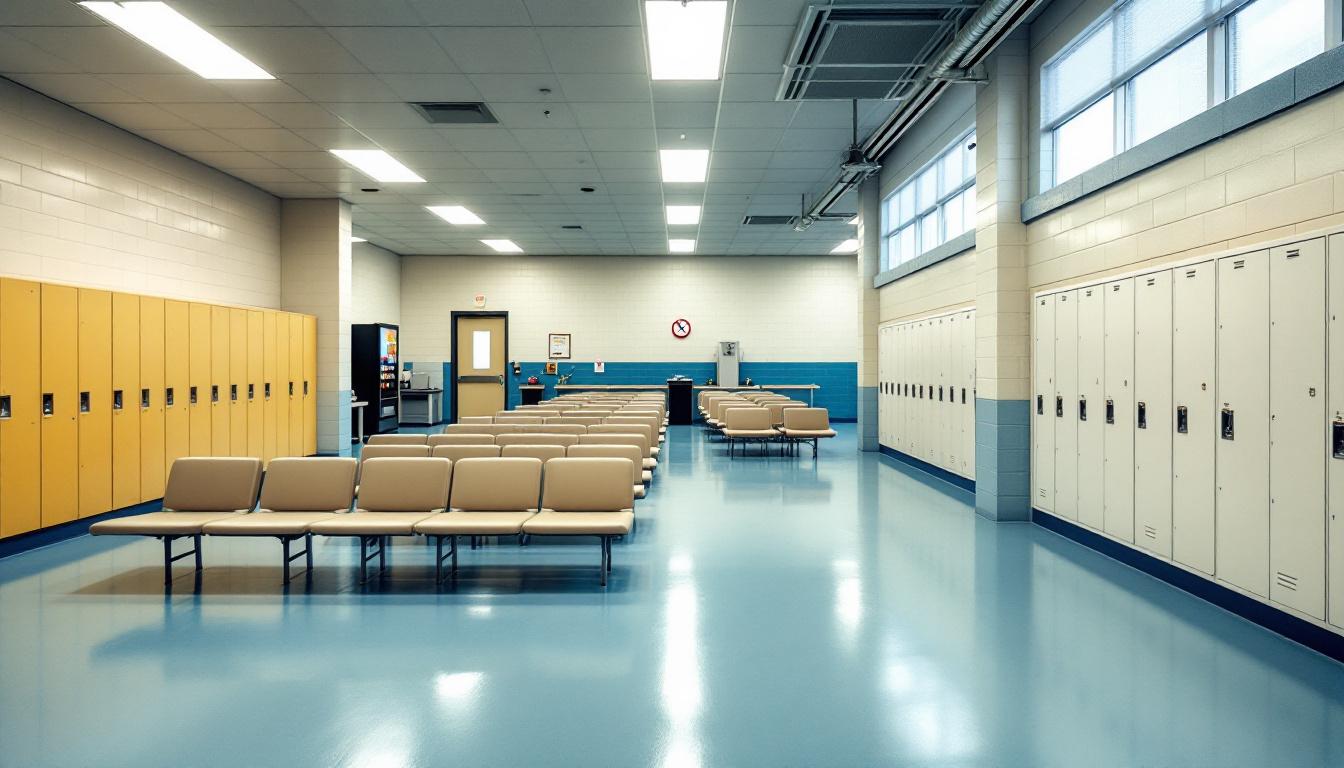
The concrete walls and steel fixtures of the housing units at Central New Mexico Correctional Facility create an environment where inmates must navigate a highly structured world governed by routine and regulation. Today typically begins before dawn with count procedures, followed by consistently scheduled meal times, work assignments, and programming activities that provide the framework for institutional life. Inmates generally adapt to this regimented schedule by developing personal routines within the established parameters, often finding ways to maintain dignity and purpose despite the restrictive environment.
Living accommodations at the facility typically consist of shared cells or dormitory-style housing units, where inmates must learn to coexist in close quarters with limited personal space and privacy. Each housing area usually includes common areas for television viewing and limited recreational activities, though access may be restricted based on security levels and behavioral compliance. Also important to daily life are the dining arrangements, where inmates generally eat meals in designated areas at scheduled times, with menu options that typically provide basic nutritional requirements while accommodating some dietary restrictions and preferences.
However, the facility also provides various programs and activities designed to offer structure and potential rehabilitation opportunities, including educational classes, vocational training, and recreational periods that may include access to outdoor exercise areas or gymnasium facilities. Work assignments within the facility typically provide inmates with responsibilities such as kitchen duties, maintenance tasks, or administrative support roles that can offer a sense of purpose and routine. Additionally, visitation policies generally allow for regular contact with family members and approved visitors, while communication options such as telephone access and correspondence help inmates maintain connections with their support systems outside the facility walls.
Ready to Connect?
Start communicating with your loved one today
Search for an Inmate
